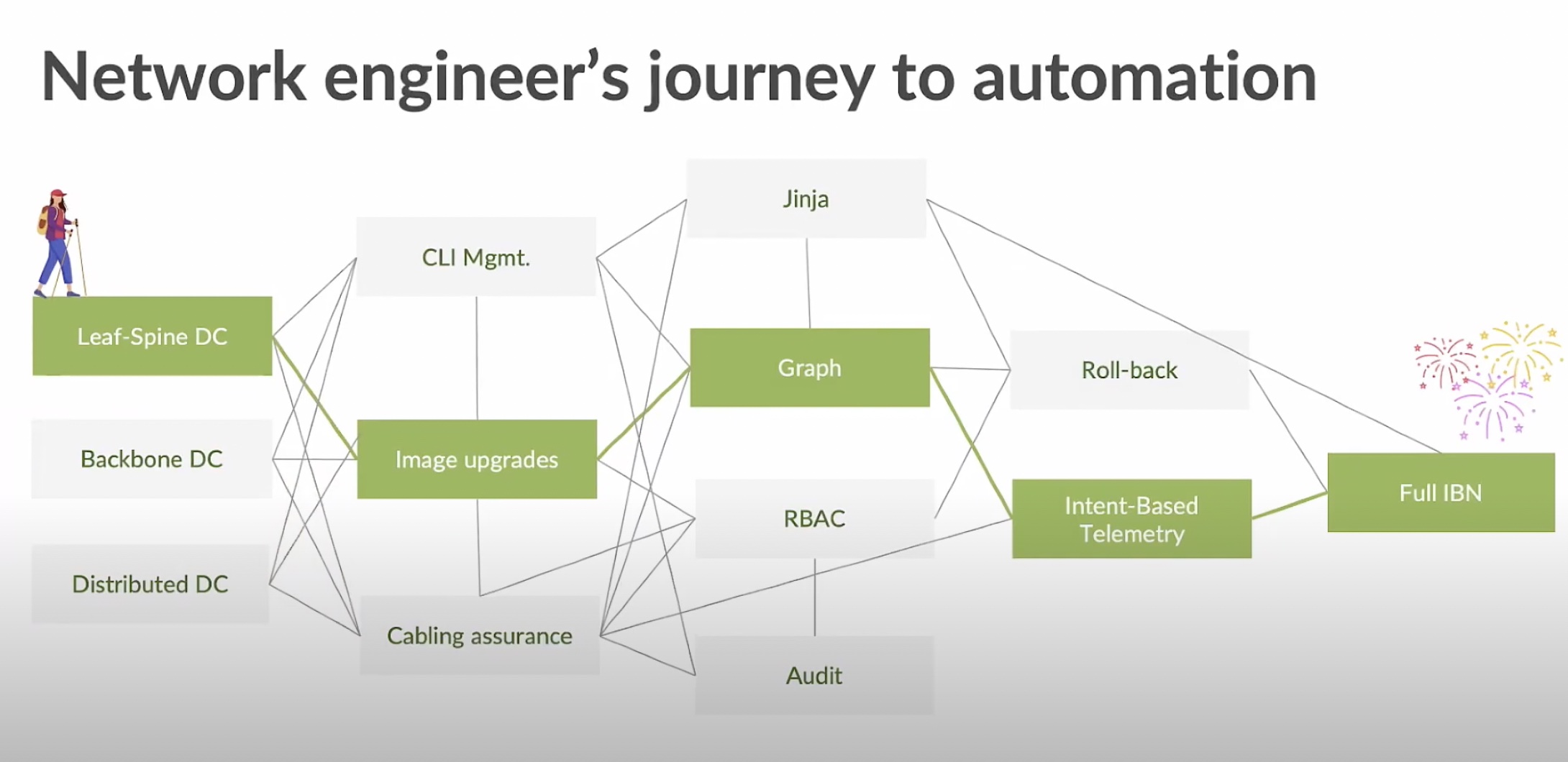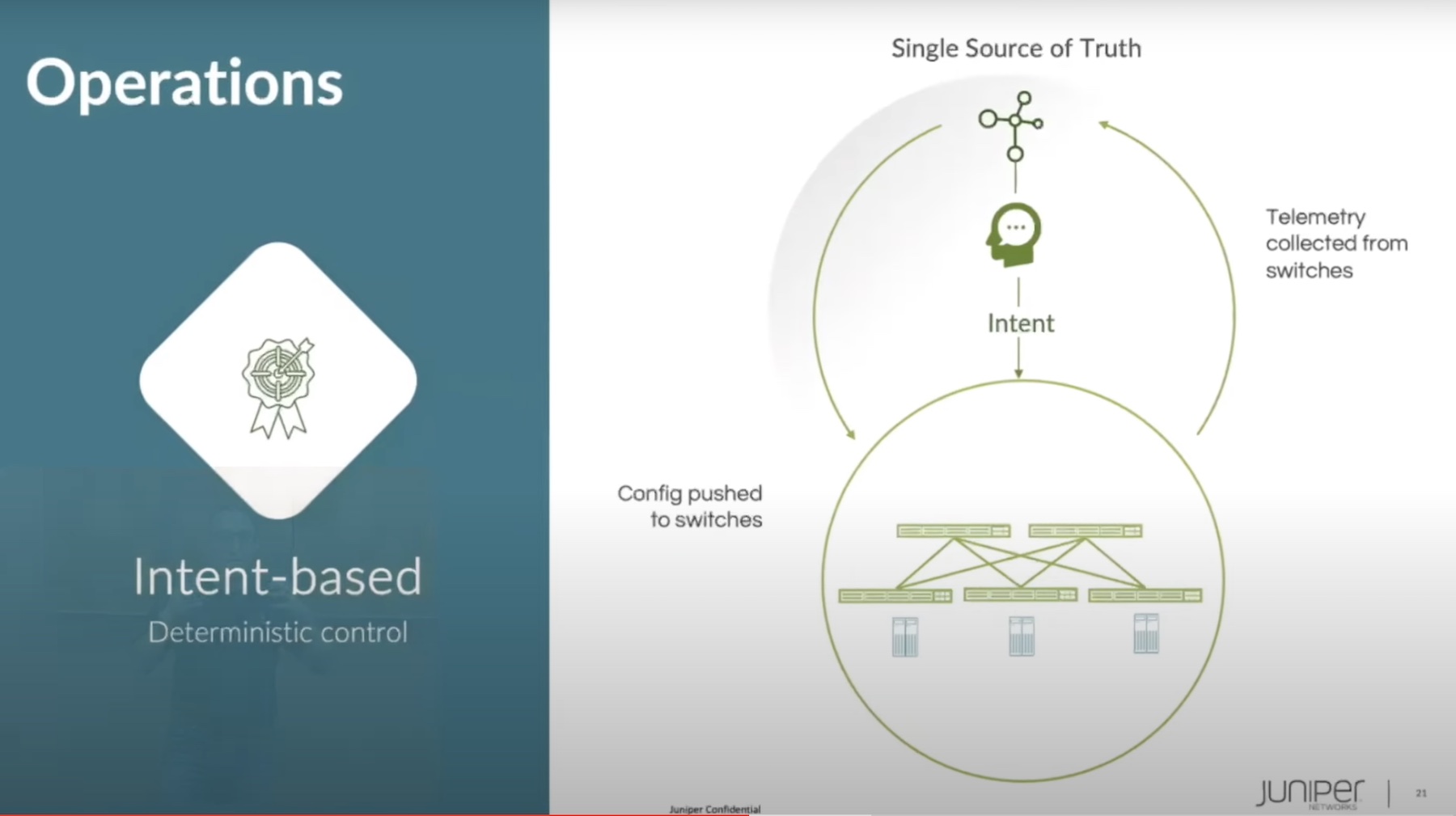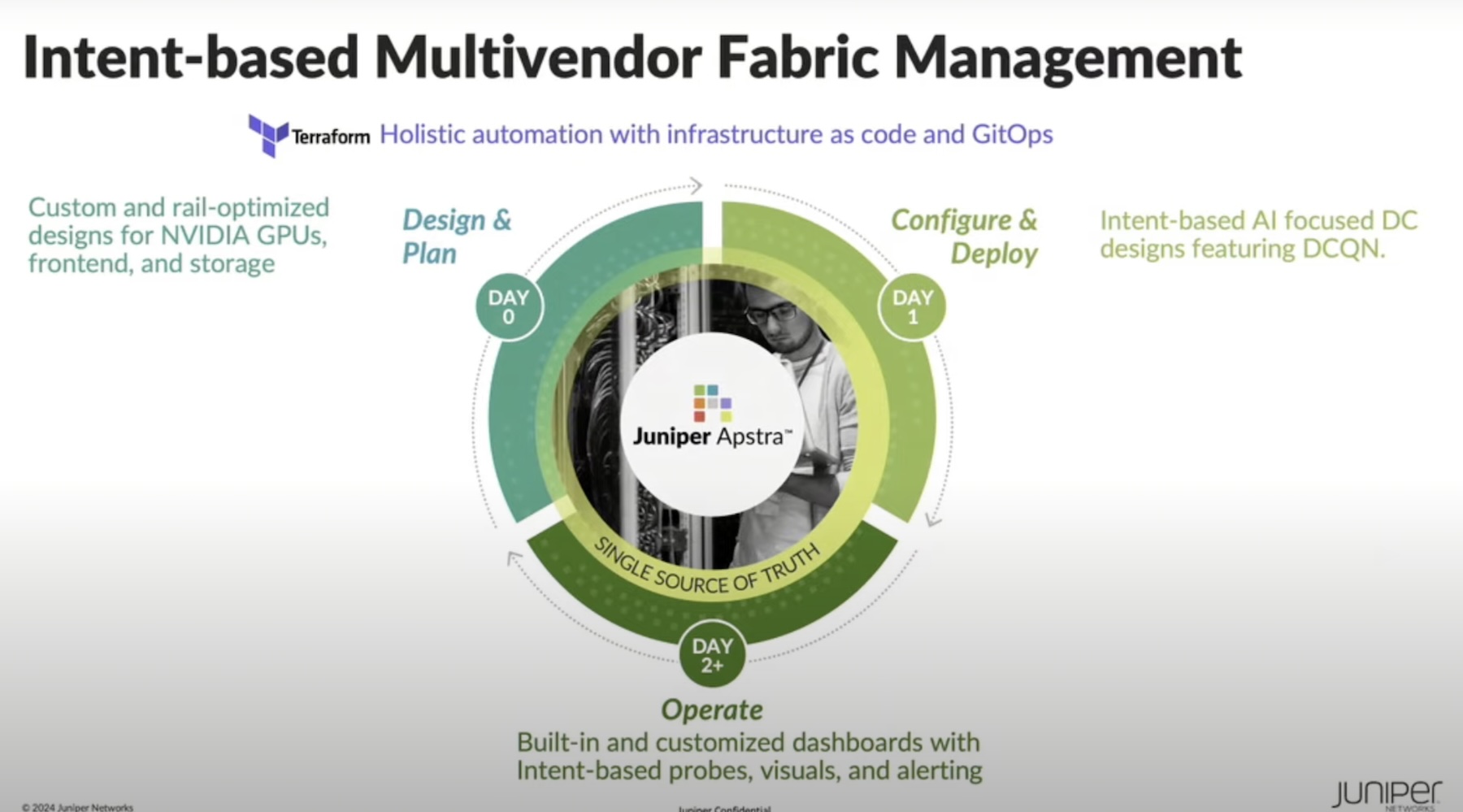Remember back when you were first learning about networking? Perhaps that’s exactly where you are now. You’re trying to figure out how to dissect all of the terms and acronyms being thrown your way. You’re probably also trying your hardest to find a way to visualize all the information that you’re seeing as well. For me, finding a way to picture everything that I was learning was the key for me to figuring things out more quickly.
Sadly, the ability to quickly and succinctly visualize information in networking is lost fairly quickly after the introductory courses. We use networking diagrams and such in the associate-level learning materials. Great books aimed at beginners have lots of diagrams and visual representations of what we’re trying to digest. But once you move up to the level of advanced networking there aren’t a lot of diagrams for things like SDN, SD-WAN, or intent-based networking.
That’s why I tend to gravitate toward people that can visualize information easily to help me understand it. And there is no better company out there that is doing this right now than Apstra. You may have seen them before at Networking Field Day or perhaps you’ve heard of their whiteboard wizard, Carly Stoughton (@_vCarly). She’s done an amazing job over the years of making some very delightful diagrams depicting dense topics in networking. But how does this all help us?
Wrapping Your Head Around A Picture
Imagine the trouble of trying to get your head around things like network controllers or policy servers in a network. You may understand the basics of interconnections between switches but as soon as you abstract the forwarding plane programming infrastructure to a higher level you lose the tight coupling that you have between hardware and packet forwarding. One of the reasons why RIP is so easy to teach is because it is bounded by connections between routers. When you send your RIP updates to your neighbor, that’s the end of the discussion. The next update goes to a different neighbor and you will eventually hear about all the devices in the network. But RIP only cares about directly attached links.
When you try to visualize OSPF, EIGRP, or BGP, you’re abstracting that simple link connection to a new level. Now, you have to worry about all the routers in your area or autonomous system. That takes a new kind of visual learning to get into your head. Even at the scale of the internet you’re still working in areas (ASes).
Now, look at a modern intent-based network. It functions the same way that switches and routers have always worked in the past. But the way that the forwarding planes are programmed are radically different. Now, instead of each device having a horizon that only extends to the next device in the chain or perhaps to the next device in the area, you can see every device inside your zone of control. While that kind of visibility is awesome, it’s also daunting. It’s like looking at a road atlas and trying to plan a trip without understanding how everything is visualized.
What Apstra continues to show off to us over and over again is how to break down these complicated topics in easy-to-understand guides. I was trying to find a single picture of all the great things that I’ve seen Apstra present over the years, but Carly beat me to the punch with this post right here. Each part of that post has a great visual and then a breakdown of the diagram in text that allows you to read a bit and then go back and learn more in bite-sized chunks. It’s a very lovely way to figure everything out at your own pace.
Bringing It All Together
I applaud the people at Apstra for continuing to figure out how to visualize great topics like this in ways that help us all understand how to better implement advanced networking technologies. It’s critical for the future of networking that we move away from the simple basics of hand-configuring everything and not integrating advanced features that users have been asking for. That means that more people need to understand where companies like Apstra are coming from when they’re trying to implement those new features. And rather than trying to pour through a tome of prose that would make even Dostoevsky cry it’s a lot easier to just help someone picture it in their head.
For more information about Apstra and their intent-based networking solutions, make sure to visit their website at http://Apstra.com




